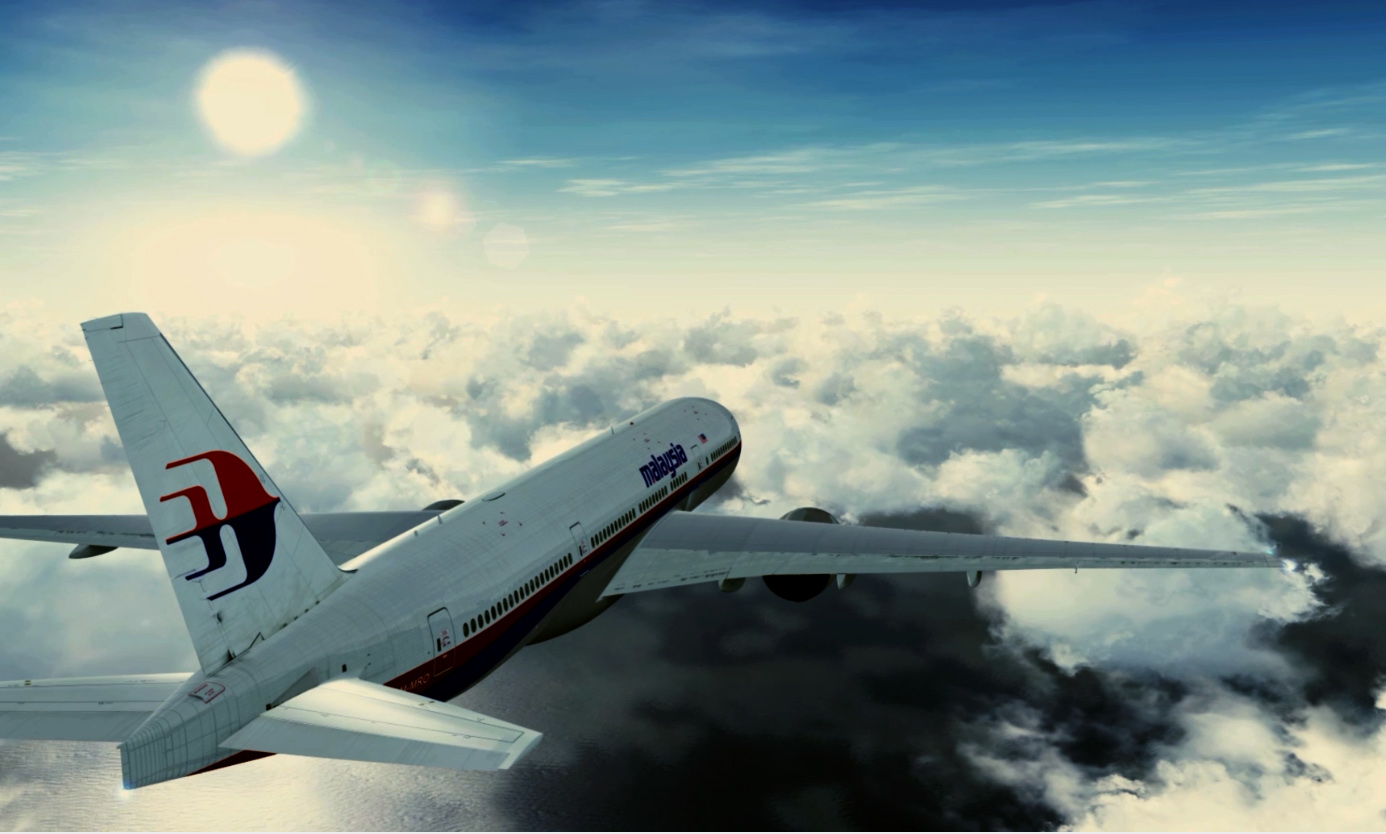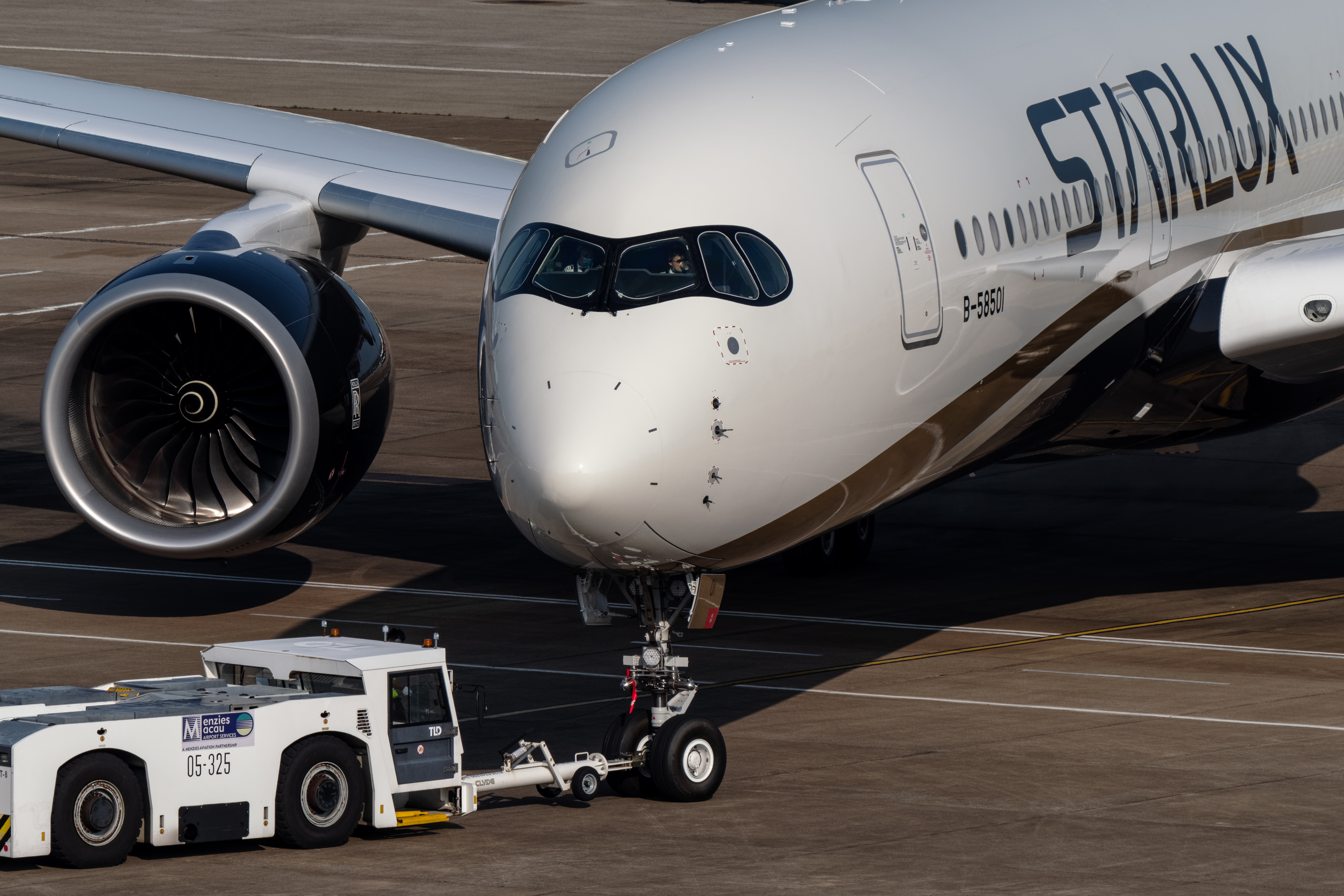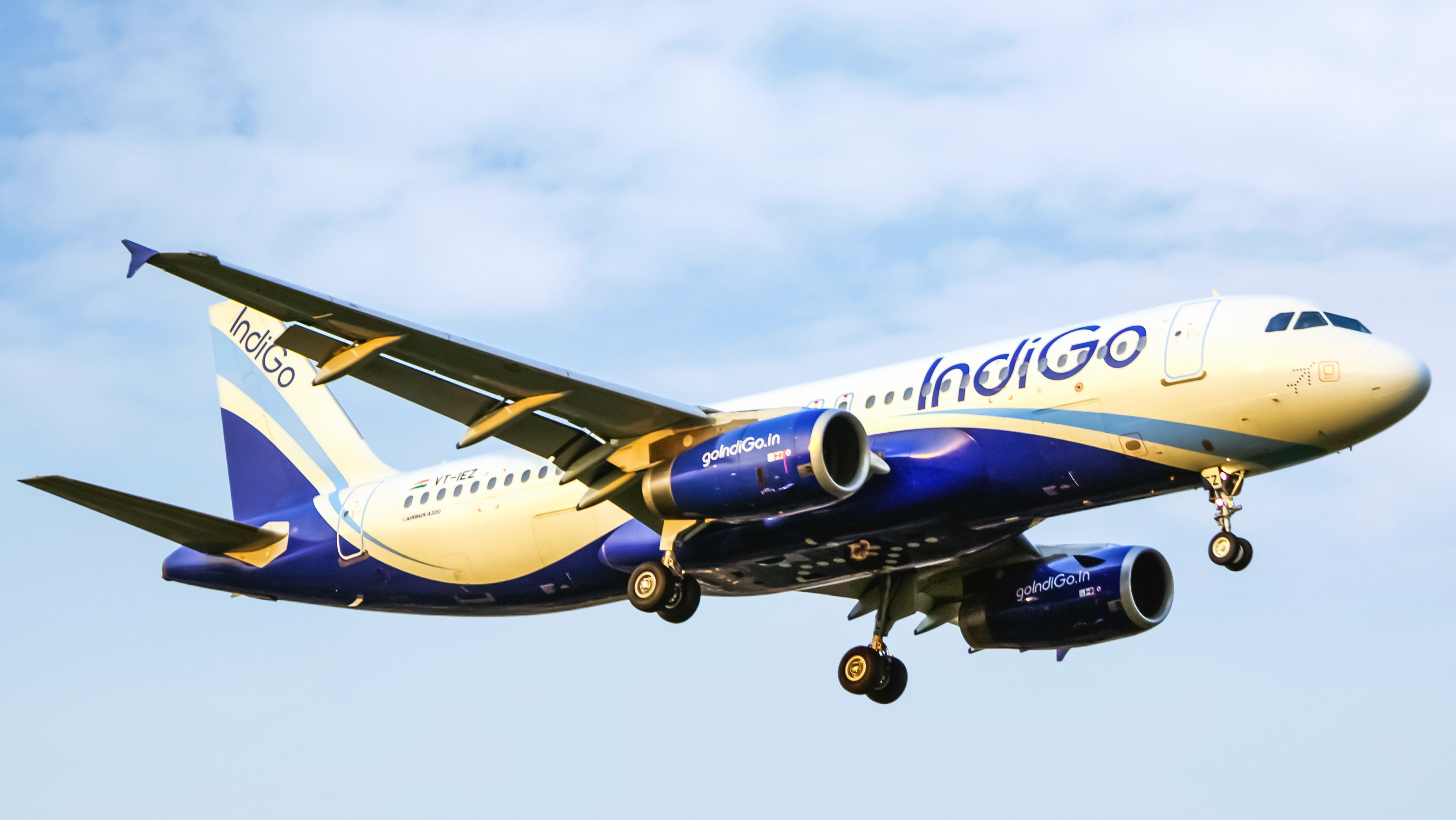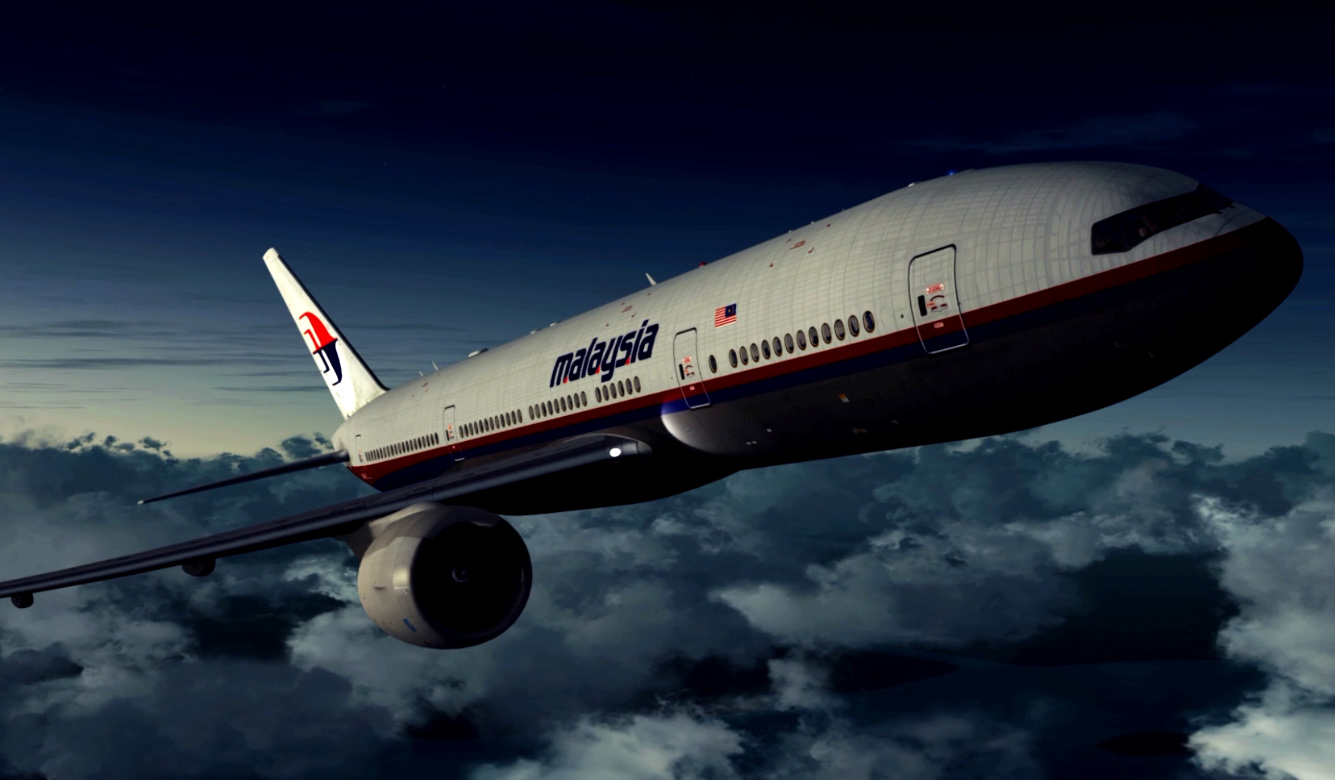
By Geoffrey Thomas
Published Wed Feb 09 2022
More WSPRnet tracking has further validated the new MH370 location found by aerospace engineer Richard Godfrey.
Dr. Robert Westphal and Mr. Godfrey have now detected and tracked Qantas flight QF64 on 26th January 2022 from Johannesburg, South Africa (JNB) to Sydney, Australia (SYD).
The aircraft was a Boeing 789 registration VH-ZNG, which departed Johannesburg Airport at 17:53 SAST and landed at Sydney Airport at 13:46 AEDT.
See the report here
DR Westphal first detected QF64 in real-time using WSPR spots in the 14 MHz band that were received by the WSPR station call sign VK6QS near Perth, Australia.
Mr. Godfrey then automated a search of 500,000 WSPR spots for SNR and drift anomalies to detect and track the aircraft in the southern Indian Ocean.
Up until now, some have argued that you can use WSPR in real-time to detect aircraft, but you cannot use the historic data.
This test shows how the real-time WSPR data aligns with the historic WSPRnet database and both are useful to detect and track aircraft.
ADS-B providers like FlightAware, FlightRadar24, etc. can only estimate where an aircraft is, when out of range of land-based ADS-B receivers on transoceanic flights.
They either assume a great circle path or the flight plan is followed, without deviation en-route.
Flight operations can submit updates to the flight plan en-route because of more advantageous winds elsewhere, weather build-ups, or cold temperature limits.
GDTAA and WSPR can determine where an aircraft actually is on long transoceanic flights.
In November last year, Mr. Godfrey identified a far more precise crash position for MH370 in the southern Indian Ocean.
According to Richard Godfrey MH370 impacted the ocean 1,933km due west of Perth at 33.177°S 95.300°E and lies at a depth of 4,000m in a very mountainous area with deep ravines and a volcano.
The location is in the zone where the University of WA Head of Oceanography Professor Charitha Pattiaratchi claims MH370 is located.
The revelation is expected to provide the impetus for a new search later next year.
READ: WSPRnet explain
READ: MH370: The extraordinary debris trail across the Indian Ocean
READ: MH370: chronology of major events
Since that date, there has been widespread and now growing support for the technology as more scientists and engineers understand and try the technology for themselves.
READ more details of that support here.






